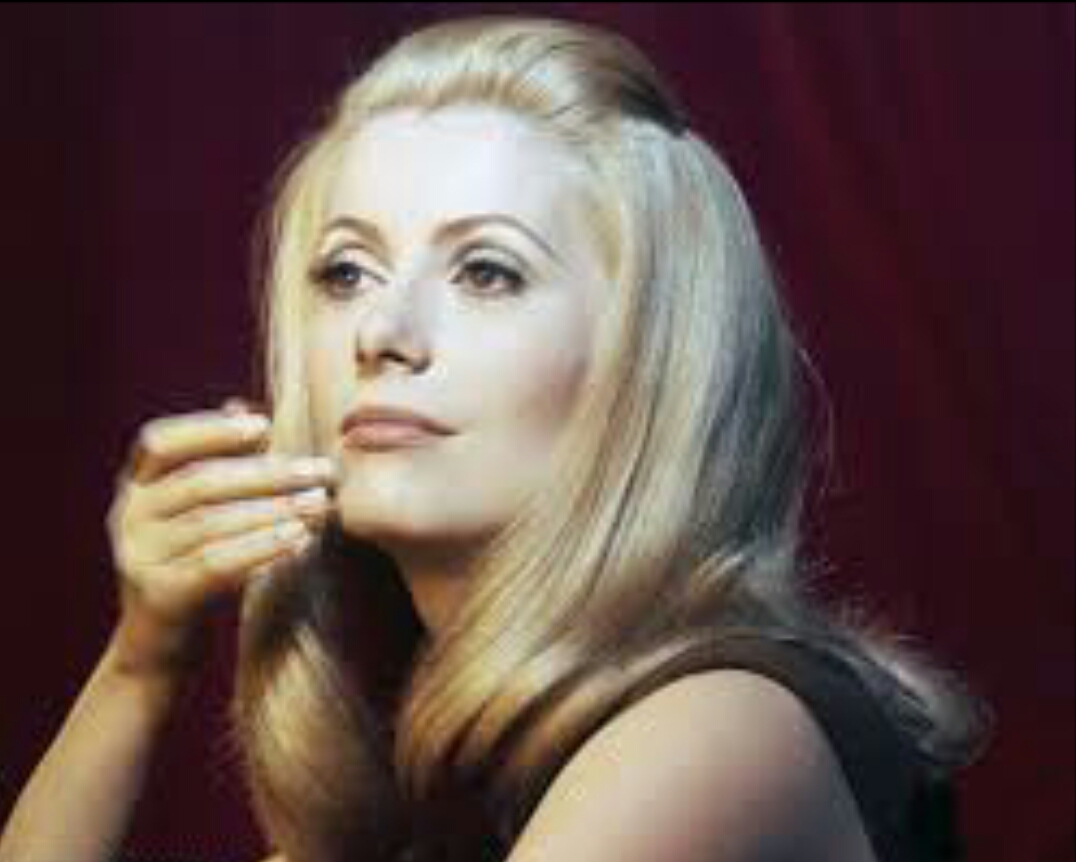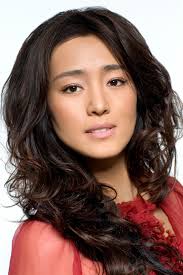
Celebrity profiles full disclosure : Why I gave them up
(Phillip Lopate)
I’m not very fond of celebrity profiles. We read about movie stars, say, with the hope of catching glimpses of some secret humanity or oddity behind their projected allure, but invariably the results are disappointing. The celebrity has by now mastered the technique of hiding in an interview. We learn only how ordinary they are, just like you and me: hardworking professionals, insecure in middle school, grateful to a teacher, and (this is the promo part I hate most) how much the character they played in their newest film or play is and is not like them. I went through a phase of being fascinated with Claire Danes, then I read a long profile of her in The New Yorker and she seemed quite boring, or maybe it was just the way the story was written. In any case, I no longer read any show business profiles; it saves a lot of time for worthier activities, like watching baseball.
Perhaps one reason for my disenchantment with the form is that years ago, when I would take occasional freelance journalism assignments, I was called upon now and then to interview celebrities. Esquire ran a feature called “Women We Love,” and the editors asked me to interview Catherine Deneuve for it. She was going to be in New York promoting her latest picture. She spoke perfect English, so I would not need a translator. When I told a poet-friend who was besotted with La Deneuve, his ultimate erotic fantasy, that I was going to interview her, he was beside himself. Although I myself didn’t have a crush on her, finding her a trifle formal and self-composed, I happily acknowledged that she was a great actress and a great beauty.
My first sighting of her occurred in the Algonquin Hotel, as she strode across the lobby, breasts jutting forward like a figurehead on a man-o-war. She was every bit as comely in person as onscreen, but she had the chilly, untouchable aura of a professional businesswoman, the CEO of Deneuve Limited. We journalists, about seven of us, were taken to a large empty ballroom where we would each be given a half-hour apiece to interview her—a timetable that put one unfortunately in mind of Belle du Jour. Though her haughty, resentful air while submitting to these sessions was understandable, and I pitied her for having to submit to the ordeal, nevertheless there was the fact that we were all engaged in an effort to promote her on this side of the Atlantic. Maybe she had no interest in being further promoted but had undertaken the round of interviews solely at the studio’s request. The actress was accompanied by a crew consisting of her hair dresser, her makeup artist, and her personal assistant, and every time an interview ended, she would repair with relief to her entourage for several minutes. I was struck by how much warmer she was with these familiars than with us American journalists. At one point I eavesdropped and heard them enthusiastically plotting with her to go shopping on the Lower East Side when these tiresome interviews were done.
I was the next-to-last interviewer scheduled, and expected her to be drooping with fatigue when my turn came. She was, but I had not prepared for the perfect indifference she showed me as a fellow human being, the utter nullity that I apparently represented to her. I could have been a disembodied voice whose questions she was answering in an isolated sound studio. Not that I blamed her: if anything, I was intrigued by my reduction in status to an Invisible Man. But I took it as a challenge to become real to her, if only momentarily. The way I did it was not to ask her personal questions but only to inquire about her work with various master filmmakers such as Buñuel, Truffaut, Demy, Aldrich, and Techine. She became excited talking about these auteurs and their techniques: she revealed herself to be an extremely informed film buff, and in our shared love of cinema we may have established a flickering human connection. I would like to think she even began taking me in as someone worth talking to—there may have even been a little eye contact, but I could be exaggerating that part.
The next celebrity profile assignment I got, this time from Interview, was to write about Gong Li, the ravishing Chinese actress who starred in many of Zhang Yimou’s films. In 1990 I was sent on a junket to mainland China, to the set of Raise the Red Lantern, to watch parts of that feudal-period film being shot. All of the scenes that I saw featured Gong Li, who was playing the role of a newly arrived concubine, tormented by her predecessor rivals because of the master’s preference for her. Given the fragmented process of filmmaking and the language barrier, I had only a dim understanding of the action, and could barely judge the quality of the acting, but I noted the changing shades in the star’s facial expressions.

Gong Li was at the time often called the most beautiful woman in films. She was long rumored to have had an affair with the married director Yimou, with scandalous consequences, though what I did not know was that she was also soon to trade him in for a fabulously wealthy Chinese businessman. All this was grist for the mill at Interview, the gossipy celebrity tabloid started by Andy Warhol, and in return for my two weeks’ holiday in China, I was expected to engage in a question-and-answer with the screen goddess and package some of the dirt for Interview’s readers.
The interview took place one afternoon, during a break in shooting, in a hotel room. Gong Li arrived wearing jeans and white ankle socks, looking like a teenage bobbysoxer or young woman in her 20s on the way to the mall. Since Gong Li spoke not a word of English, our Hong Kong translator, Norman, acted as a go-between. I would ask a question, Norman would translate, and Gong Li would giggle and mumble a few words. I would look at Norman, and he would shrug, trying to fluff up her non-reply into something like an answer. This went on for about 20 minutes. No matter what questions I asked, personal or impersonal, she was equally giggly and unforthcoming.
On the plane ride home, I realized I had nothing to work with. I would have to fictionalize the entire interview. So I supplied answers that I thought she might plausibly have made, had she been more articulate or trusting. I channeled my inner Gong Li, reasoning that she would probably never see the magazine to object, and Interview ran it, with no one the wiser. As Flaubert might have said, “Gong Li, c’est moi!”
The failed interview or non-interview has of course become a staple celebrity profile, from Gay Talese’s classic “Frank Sinatra Has a Cold” down to the present. But you can pull off that slippery approach only so many times before readers and editors expect you to deliver the goods.
A few years later, The New York Times sent me to do a story on Christine Lahti, who was starring in a revival of the Wendy Wasserstein play The Heidi Chronicles. A fan of Lahti’s, I found her intelligent, engaging, and serious. The problem was that I disliked the play, which seemed to me pandering to the zeitgeist, and had to work around that prejudice in the interview so that Lahti would not pick up on it while earnestly explaining why this particular role was so meaningful to her.
My final experience along these lines was being asked to do a full celebrity profile of Darryl Hannah. I imagined myself hanging around the lovely actress (who had so vividly played a mermaid) for days, watching her going shopping or working the room at a party or speaking to her agent or painting her toenails, and declined the offer. Suppose she turned out to be vacant, like many movie actors: I would feel a heel exposing her cluelessness in print. (Actually, I’ve heard since that she is pretty intelligent.) Though I’ve regretted at times my “principled” refusal to do the story on Darryl Hannah, the point is that it was too late. I had already come to the conclusion that I was just no good at writing celebrity profiles. I toyed with the possibility that maybe my ego was getting in the way. But I think it has more to do with the apprehension that I was expected to flatter the person, and writing is not fun for me if I have to pull punches. Just as with being commissioned to write catalogue essays for an art gallery, where you can never be honest and say that the artist’s output is uneven or going downhill, the celebrity profile is an inherently compromised form.
The New Yorker writer Joseph Mitchell was expert at writing profiles of non-celebrities: his sympathy for the subjects he chose seemed ensured by their lack of renown; they were just ordinary folks going about their trades or reminiscing. And what a splendid prose stylist he was! I would be tempted to propose him as a model for all to emulate, were it not for a few qualms. It is not simply that everyone’s monologues in his profiles end up sounding like Joseph Mitchell, or the fictional nature of some accounts. More concerning, to me, is the universally benevolent, accepting tone of these profiles: he took everyone he interviewed at their word, which means he failed to consider the self-delusions, rationalizations, and outright lies, unconscious or otherwise, to which we earthlings fall prey. The most blatant case was Joe Gould, whose self-mythologizing account Mitchell swallowed hook, line, and sinker. When he finally corrected it years later, in “Joe Gould’s Secret,” he seemed so stunned by the discovery that his subjects were not necessarily to be trusted that that he never wrote a profile again. Now, me, I’m too interested in people’s flaws, their potential for evil, the gap between self-presentation and inner reality, or the many ways we fool ourselves. Such negative-sounding preoccupations are not recommended for a long and healthy career in the composing of celebrity profiles.
Phillip Lopate is director of Columbia University’s nonfiction program, editor of The Art of the Personal Essay, and author of Against Joie de Vivre, Portrait of My Body, and To Show and to Tell, among other books.
Courtesy: theAmericanScholar.org

